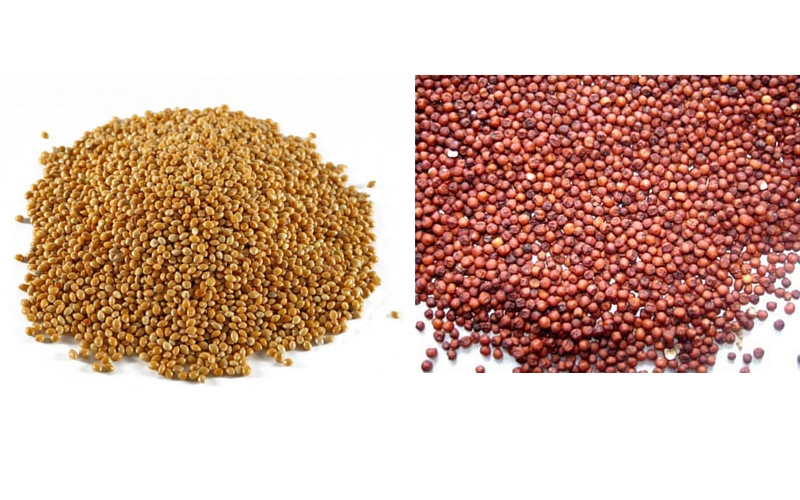Most cultivated varieties of sorghum can be traced back to Africa. During the Muslim Agricultural Revolution, sorghum was planted extensively in parts of the Middle East, North Africa, and Europe (Watson 1983). Fully domesticated pearl millet grains from the West African country of Burkino Faso are, dated directly to between 1035 and 916 BC, and others from northern Ghana to between 1740 and 1130 BC. The oldest known examples come from the site of Dhar Tichitt (in the West Saharan country of Mauratania), that date to 100 years earlier than Ghana. The cultivation of crops like millet and sorghum date back to our earliest existence which in itself should be a lesson for us in the 21st century. Currently, Africa as a continent is the largest producer with an output of about 21.6 million metric tons (850.6 million bushels) annually (USGC 2008). The infographic below seeks to help us understand why it is important for our governments, non-governmental organizations and so forth to champion the cultivation of crops like millet and sorghum over maize.






2 responses to “Why Millet and Sorghum are Good for Africa”
Very informative thank you for sharing this valuable information that will save many lives where we stop being aid cases but do for ourselves.
It is very interesting to find out that we might be planting the wrong crops for our regions which is why we are always hungry as soon as a drought comes.